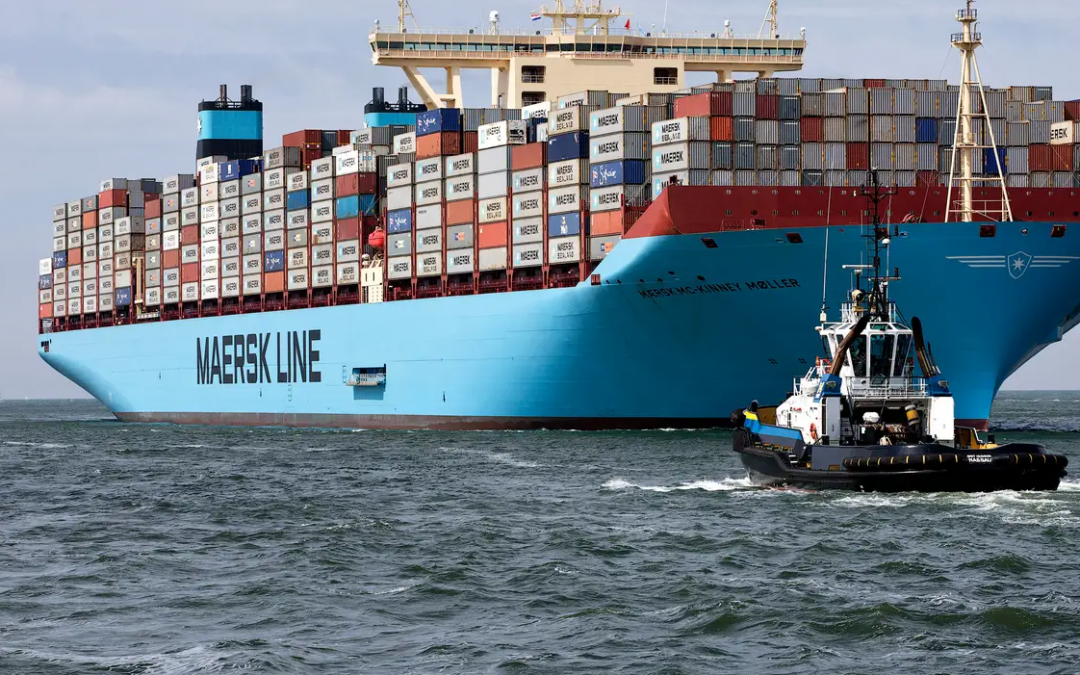Shipping has been slower than other other transportation sectors in identifying a decarbonization approach to help counter climate change.
As airlines vow to switch to sustainable aviation fuel and vehicle makers bet on electrification, shipowners have yet to find low- or zero-emission marine fuels for the decades-long transition to a low-carbon future.
While green ammonia and methanol may have the greatest potential in becoming such fuels, Stefan Ulreich, a professor from Germany’s University of Applied Sciences, said merchant ships designed to run on them were not yet technically ready.
“It is not so easy to invest at the moment in the shipping industry because the technology is still under development,” Ulreich told S&P Global Commodity Insights.
“The producers of the engines … are still working on these methanol engines, these ammonia engines,” Ulreich said, adding that onboard fuel storage systems for ammonia and methanol were also different from those for oil-based marine fuels and LNG.
Shipowners are generally using petroleum-based marine fuels today, and analysts expected the future bunker mix to be more diverse and demand for low-emission fuels to pick up slowly.
Based on Platts Analytics reference case, alternative fuels will account for just 2% of the global bunker fuel demand of 328 million mt in 2030, compared with almost zero currently. Methanol will make up 34.3% of the alternative fuels, hydrogen 18.6% and ammonia 14.7%.
In 2050, alternative fuels were forecast to account for 13% of the global bunker consumption of 300 million mt. Ammonia will account for 41%, followed by methanol at 32% and biofuels at 16%.
Nelson Mojarro, head of innovation and partnerships at the trade body International Chamber of Shipping, said not having one dominant low-carbon fuel could lead to overall slower progress in maritime decarbonization.
“It takes time to develop those economies of scale” for low-carbon fuels, Mojarro said. “It takes time in terms of adaptation as well. It takes time in terms of regulation.”
Playing catch-up
Shipping has to play a catch-up game partly due to years of limited budget for research and development. Total R&D spending reached $609 billion in the automotive industry in 2015-2019, $87 billion in aviation, but just $12 billion in maritime, according to the International Energy Agency.
“Technology readiness levels are not there. Other sectors are more advanced … we are lagging behind on R&D,” Mojarro said.
In a joint study last year, the ICS and environmental consultancy Ricardo identified some 260 R&D projects that required $4.4 billion funding to accelerate the transition to zero-carbon shipping.
“We need to have a substantial increase in R&D in order to speed up,” Mojarro said.
Mojarro and Ulreich both suggested energy producers were unlikely to invest in bespoke production facilities for low-carbon marine fuels as the shipping industry is a relatively small energy user.
According to Platts Analytics estimates, gasoline demand will amount to 26.1 million b/d, gasoil/diesel reached 28.8 million b/d, and jet/kerosene 6.3 million b/d in 2022. Industry estimates generally put bunker demand at roughly 4 million b/d.
However, for a net-zero world, energy companies will need to raise production of low-carbon fuels to decarbonize industrial sectors. The International Renewable Energy Agency said at least half the fuels were expected to be moved by ships.
That will provide opportunities to shipowners. “If you transport methanol, [or] if you transport ammonia, it makes perfect sense to use this as a fuel because you already have it on board,” Ulreich said. “We cannot decide what will be the [marine] fuel of the future … that will be mostly used in other Industries.”
Mojarro said the opportunity for transporting the fuels will facilitate investment in low-emission vessels. “Shipping is just one part of that” value chain for low-emission fuels, he said.
Source: Hellenic Shipping News






